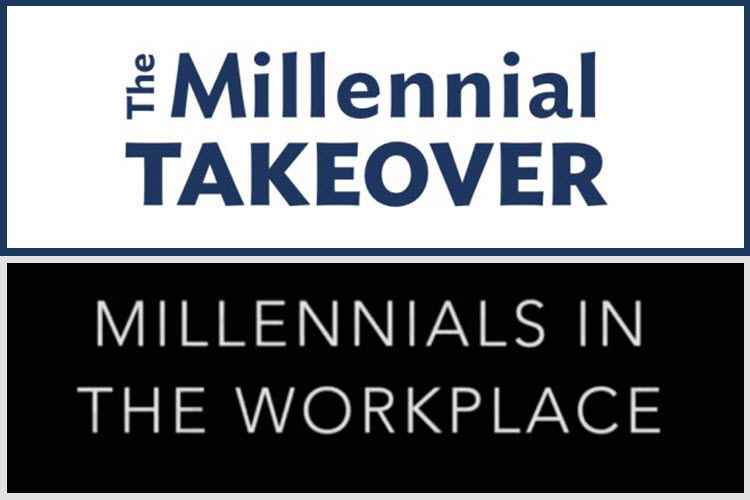With many recent developments in the SMSF area, it’s hard to take a step back and take a hard look at the future of the SMSF audit, and even the SMSF auditing profession as a whole.
Certainly, there are some very close “in your face” issues that are at the forefront of SMSF auditors minds:
- Visits by the ATO, ASIC or other professional bodies, and whether all SMSF audits are compliant and defensible. And let’s face it, an ATO audit coming to look at an SMSF auditor with poor records is going to be a bad day for someone!
- The continual need to ensure complete auditor independence. The Chinese walls of old are gone, but the requirements these days continue to become more complex.
- Increasing compliance reporting requirements, increasing complexity of SMSF’s, including the recent transfer balance cap of $1.6 million. Events based reporting is here.
- Recent court case suggesting that they weren’t chasing the bloke that nicked the money out of the SMSF, but the SMSF auditor. In the case of Cam & Bear Pty Ltd v McGoldrick [2018] NSWC the auditor of a self-managed superannuation fund (SMSF), was responsible for 90 per cent of this SMSF’s loss.
- This has host to a number of followup articles like: I lost my nest egg, can I sue my SMSF Auditor?
- Many SMSF articles are also suggesting closing down SMSF’s with minimum balances. What will the future of the SMSF world look like?
- The recent dialogue in the press about moving SMSF audits out to three years. Massive changes ahead?
So it’s not surprising that SMSF auditors don’t have time to focus on the bigger picture, and look to ensuring they have a quality service offering, making use of the best in the business tools.
The top 7 challenges are:
- Maintaining Audit independence
- Ensuring the SMSF audit firm is able to understand and be competent in new SMSF software and technology, not only in terms of having competency in cloud software such as BGL360, but also feeding systems
- Positioning the SMSF audit firm to allow automation, including utilizing online or server-based SMSF audit software. There are now several SMSF audit products out there, and worth revisiting.
- Ensuring the latest technology is understood and the audit tests continue to meet the correct requirements. For example, data feeds might be cool, but they also need to be auditable.
- Ensuring the SMSF audit is defensible, especially when the source systems are on the cloud. No one wants to see the ATO come knocking when the accountant’s cloud system contains the SMSF audit information. The SMSF auditor needs to have a standalone robust set of working papers to support the audit conclusion. The “Dog ate my homework” isn’t going to work with the ATO!
- SMSF trustee communication will become more critical, and the exposure for the SMSF auditor is high as the recent court case shows. Engaging with the SMSF trustee is important, and critical to ensure an SMSF audit is completed correctly, in a defensible way.
- Ensuring new systems are taken on board to continue to allow competitive pricing and high qualify of the SMSF audit. This includes automation and offshoring.
A high level of disruption is being felt in the Australian tax compliance world, and SMSF auditors are not immune to the ongoing changes in the industry.
Not only SMSF auditors, but accountants and others involved in the SMSF world need to continue to embrace the changes, including taking on board automation and outsourcing.
Talk to Odyssey today about how we can assist with your SMSF audit compliance workload.









